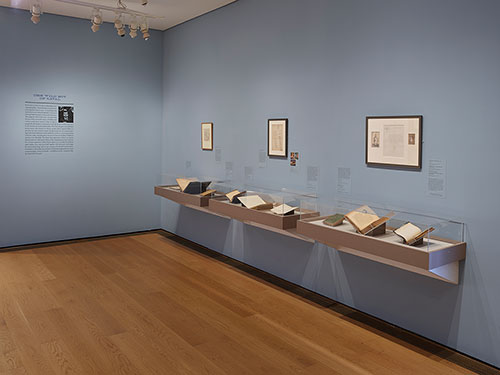If one were to chart the life of Alfred Jarry on a cultural timeline—from his birth in Laval in 1873 to his death in Paris in 1907—it would span the interval between Arthur Rimbaud’s A Season in Hell and Pablo Picasso’s Les demoiselles d’Avignon. The midpoint of his brief career coincides with the turn of the twentieth century. A brilliant and creative youth, Jarry moved to Paris in 1891 to prepare for the entrance examination to the elite Ècole normale supérieure. In the interim, he studied philosophy with Henri Bergson and published poetry, prose, and criticism in literary reviews. Jarry’s repeated failure to pass the test soon ceased to matter. By age twenty-one, he was participating in the most important artistic platforms of the era, attracting attention at literary salons including those overseen by the poet Stéphane Mallarmé and the writer Rachilde. The latter’s first impression of Jarry was that he had the look of a wild animal. Many of his contemporaries were struck by his eccentric appearance: black bicycle shorts were virtually his uniform; other clothes were sometimes held together with safety pins and strings; he wore his hair long; and, on rare occasions, he donned women’s shoes. Consistent in all recollections of Jarry is his brutal imagination; he was an exceptional figure whose first books—as Mallarmé wrote—attained, richly, the level of the “Unusual.”
Plan your visit. 225 Madison Avenue at 36th Street, New York, NY 10016.
Plan your visit. 225 Madison Avenue at 36th Street, New York, NY 10016.

